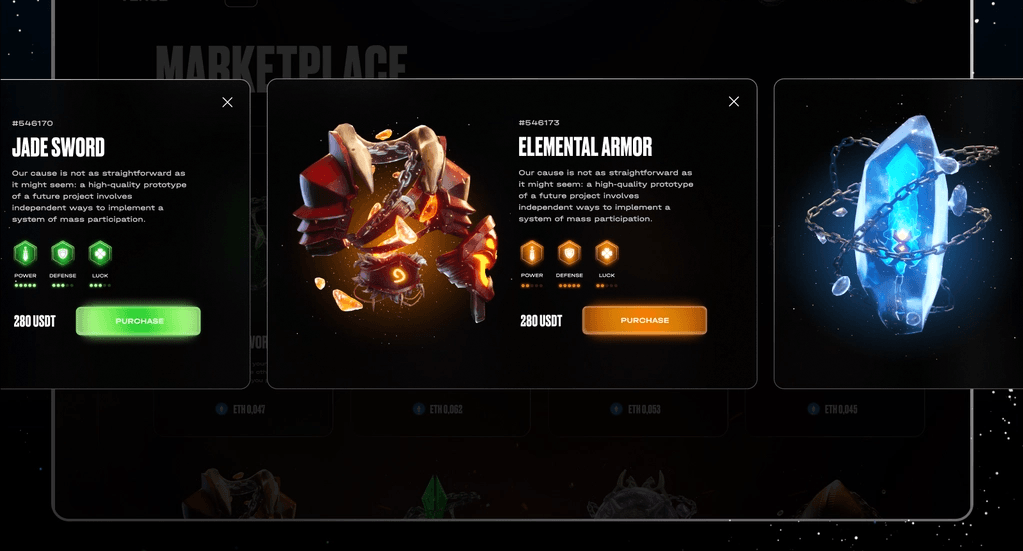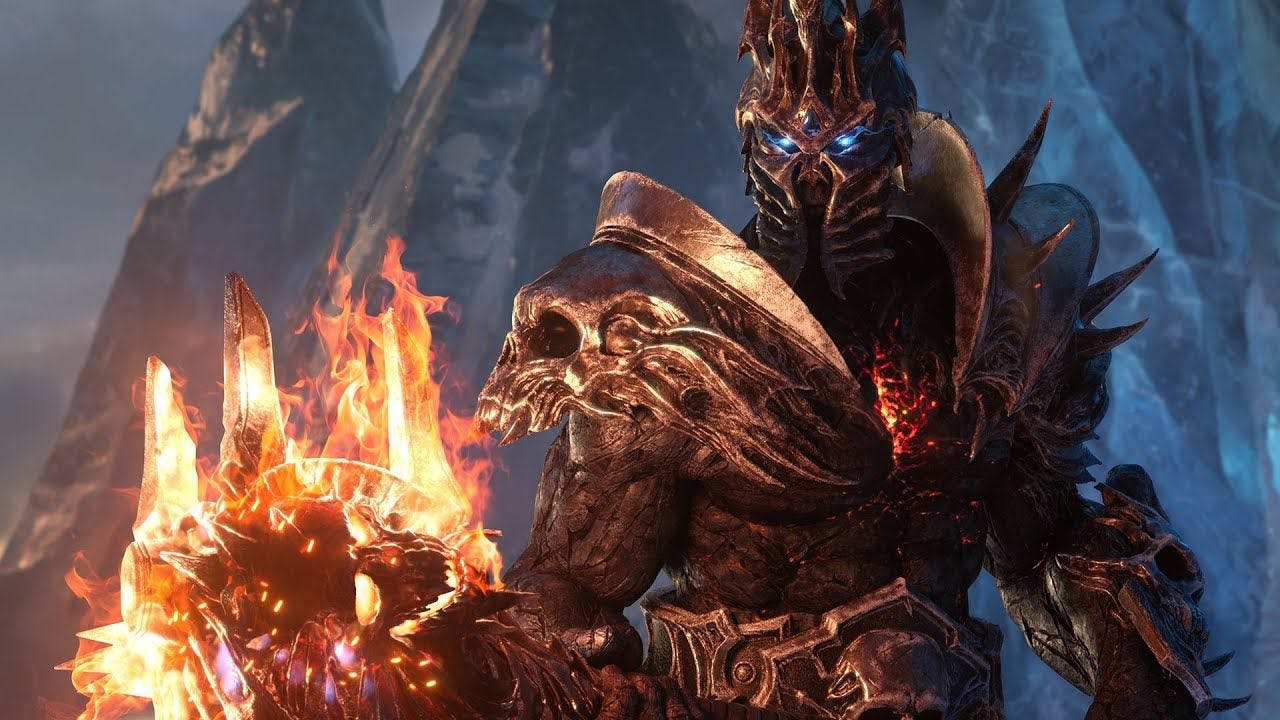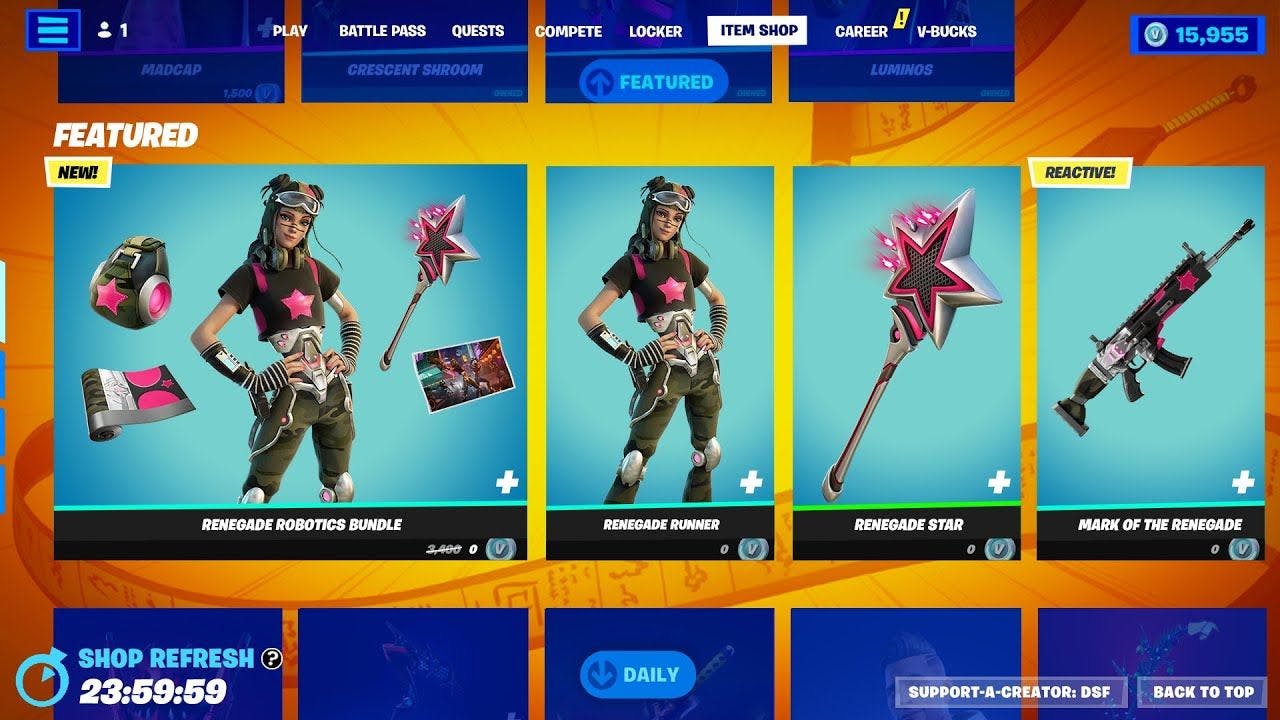Debunking the Mass Adoption Myth: Why More Players Doesn't Equal Higher Prices
Debunk the myth that an influx of players in web3 gaming guarantees higher prices for NFT in-game items, and gain insights into the market dynamics that can influence pricing in this evolving sector.

Mostafa Salem
Head of Gaming Research

The rapid growth of web3 gaming and the increasing popularity of non-fungible tokens (NFTs) have given rise to a widespread belief that an influx of players will result in higher prices for in-game items held by NFT holders. However, this assumption overlooks basic business and economic concepts that come into play as markets grow and adapt. We will explore how mass adoption and an increased player count can actually lead to lower prices for in-game items, debunking the popular notion that more players mean higher prices for NFT holders.
To start off, players advocating for mass adoption on the premise of hoping more people coming into the space means their NFTs go up in price is a completely false assumption. Mass adoption is when mainstream game development studios, indie developers, and gaming overall integrate and adopt blockchain technology without us even noticing any kind of blockchain transaction or interacting with a “wallet.”
On top of that, a common misconception in the web3 gaming space is that a 10,000 NFT collection is considered massive. While this number might seem significant in the current state of the industry, it is crucial to put it into perspective by comparing it to mainstream gaming ecosystems. To understand the scale of web3 gaming and the potential impact on the value of NFT collections, let's take a look at some popular traditional games and their in-game item counts.

For instance, World of Warcraft, one of the most successful MMORPGs of all time, boasts an extensive in-game item count. With over 15 years of content and expansions, the game features more than 60,000 unique items (though the exact number may vary depending on the source) that players can collect, trade, and use. In this context, a 10,000 NFT collection appears minuscule compared to the sheer volume of items available in such a mainstream game.
The same goes for Fortnite, releasing at least one new item for its players to purchase through its store almost weekly, with sometimes full sets releasing during special events. Has anyone raised the question that Fortnite might be “diluting the value of its holders”? Absolutely not.
A lot of the current statements we see attached to web3 gaming assets are being derived from normal NFT collections. Holders expect value driven back to them or anticipate major game updates to affect floor price positively as more players pay attention to the game. That simply shouldn’t be the case, neither should you expect “mass adoption” to pump your bags. In fact, when mass adoption hits, the exact opposite will happen as the web3 gaming sector is still affected by classic and basic business concepts.

Law of Supply and Demand
At the core of understanding in-game item pricing lies the law of supply and demand. This fundamental economic principle states that the price of an item is determined by the relationship between its supply and demand. When demand for an item exceeds its supply, the price tends to rise, and when supply exceeds demand, the price tends to fall.
As the number of players in web3 gaming increases, the demand for in-game items will naturally grow. However, this does not necessarily translate into higher prices for NFT holders. As more people enter the market, the supply of in-game items can also increase, which can result in lower prices overall.
Increased Competition

Another factor that can drive down prices in web3 gaming is the increase in competition as the industry expands. With a growing player base, game developers will inevitably create more games to cater to this demand, leading to a wider variety of in-game items and NFTs.
As more games and items become available, players will have more options to choose from, which can lead to a decrease in demand for specific items. Additionally, developers may introduce new, more attractive in-game items to compete for players' attention, further diluting the demand for older, less desirable items. As a result, the prices of in-game items held by NFT holders may decrease over time.
Economies of Scale
As the web3 gaming industry grows, game developers can also benefit from economies of scale, which can lead to lower costs of production for in-game items. Economies of scale occur when the cost of producing an item decreases as the volume of production increases. In the context of web3 gaming, this could mean that as more in-game items are produced, the cost of creating them declines, ultimately leading to lower prices for players.
Diminishing Scarcity
Scarcity plays a crucial role in determining the value of in-game items, particularly NFTs. When items are scarce, their value tends to be higher, as players are willing to pay a premium to obtain these limited assets. However, as the web3 gaming market expands, the perception of scarcity may diminish, leading to lower prices.
For example, as more players join a game, the absolute number of rare items may increase, even if the relative scarcity remains the same. This can cause the perceived value of these items to decrease, as they are no longer as rare or unique as they once were. Consequently, the prices of in-game items held by NFT holders may decline.
While it is true that an influx of players into the web3 gaming industry can lead to increased demand for in-game items, it is essential to consider the broader market dynamics at play. As we have seen, factors such as the law of supply and demand, increased competition, economies of scale, and diminishing scarcity can all contribute to lower prices for in-game items. It is crucial for NFT holders and gamers to keep these principles in mind when evaluating the potential value of their in-game assets in the context of a growing player base.
updated:
May 8th 2023
posted:
May 8th 2023